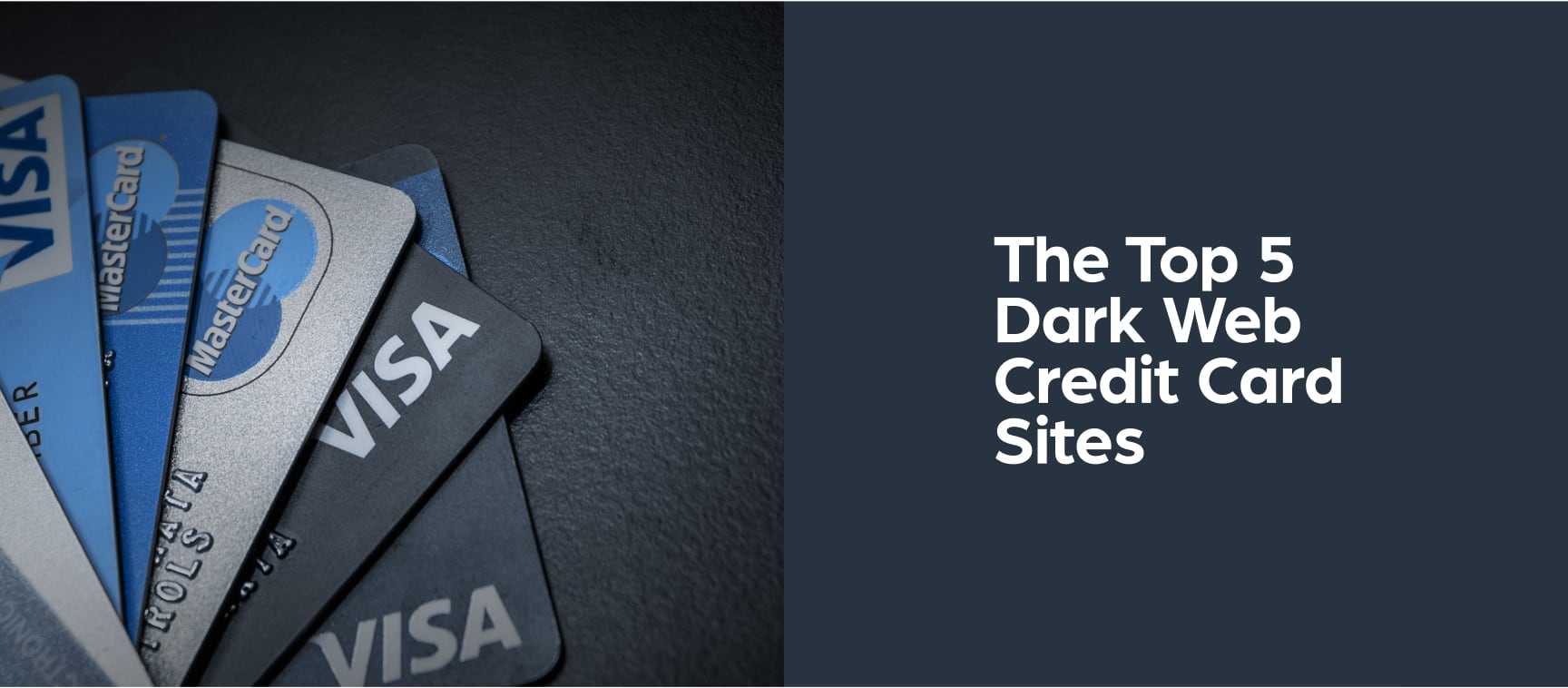In today’s digital era, the financial world operates largely on card-based transactions. Credit and debit cards are not just payment tools—they are gateways to personal and financial data. With this evolution has come an rm1 increase in both cybersecurity measures and illicit activities such as the buying and selling of stolen card information. One area that frequently draws attention is the RM1 Dumps and CVV2 market.
Whether used for penetration testing, research, or more nefarious purposes on the dark web, the demand for fast, secure, and dependable RM1 Dumps and CVV2 stores continues to rise. But what exactly are these terms, how do these services function, and what makes a store trustworthy in such a sensitive domain?
This blog explores the essentials of RM1 Dumps and CVV2 data, the nature of these stores, and how to identify services that prioritize speed, safety, and reliability.
What Are RM1 Dumps and CVV2?
Before diving into the store aspect, let’s define what RM1 Dumps and CVV2 mean:
RM1 Dumps:
“Dumps” refer to the data extracted from the magnetic stripe of credit or debit cards. This data includes the Primary Account Number (PAN), cardholder’s name, expiration date, and sometimes other track 1 and track 2 details used in physical card cloning.
“RM1” typically designates a particular category, region, or batch of dumps—often used within carding communities to classify the data for targeting specific banks or card types.
CVV2:
The CVV2 is the 3-digit security code found on the back of Visa, MasterCard, and Discover cards (or 4-digit for American Express). This code is crucial for Card Not Present (CNP) transactions such as online or over-the-phone purchases.
Combined, Dumps + CVV2 can enable a malicious actor to conduct unauthorized transactions, either online or through cloned physical cards.
What Is an RM1 Dumps and CVV2 Store?
An RM1 Dumps and CVV2 Store is a platform—often on the dark web or underground markets—offering access to stolen or leaked payment card data. While the legality of such stores is highly questionable, understanding their existence helps financial institutions, cybersecurity firms, and researchers rm1.to strengthen defenses against fraud.
These stores usually operate under anonymity, often accepting cryptocurrencies (like Bitcoin or Monero) to ensure untraceable transactions.
Characteristics of a Fast, Secure, and Dependable Store
Due to the sensitive nature of the information involved, any legitimate or underground RM1 Dumps and CVV2 store that aims to stand out must offer the following core attributes:
1. Speed of Access
Buyers often demand instant delivery of dumps and CVV2 data after purchase. Top stores provide automatic systems that allow customers to browse, select, pay, and receive card data without long waiting times.
- Instant digital downloads
- Real-time inventory updates
- Fast customer response and ticket systems
2. Security Protocols
A reputable store, even in the gray areas of the internet, implements strong security protocols to protect itself and its buyers. This includes:
- End-to-end encryption
- Secure browsing (e.g., via .onion or I2P)
- Enforced use of PGP keys for communication
- Protection against honeypots and law enforcement traps
Security also includes screening the dumps and CVV2 to ensure they are not expired or flagged by issuing banks.
3. Dependability and Trust
Reliability is paramount. A dependable store consistently provides:
- High validity rates (e.g., 80–90% working cards)
- Refund or replacement policies
- Transparent service, feedback systems, and rating mechanisms
- Up-to-date databases (fresh cards from recent breaches)
The store must also maintain a long-standing reputation in carding forums or darknet marketplaces, where users leave reviews and feedback about performance and trustworthiness.
Inside an RM1 Dumps and CVV2 Store
A typical store dashboard includes:
- Filters for searching: Country, bank, BIN (Bank Identification Number), type of card (Visa, MasterCard, etc.), validity, and price.
- Card Checker: A tool for checking if a dump or CVV2 is valid before purchase.
- Wallet system: Users deposit cryptocurrency to purchase cards.
- User account panel: Order history, balance, dispute options, and messaging.
Many stores also offer bulk purchasing discounts, affiliate programs, and sometimes APIs for advanced users or resellers.
Ethical and Legal Considerations
IMPORTANT: The buying, selling, or use of stolen payment card data is illegal in most countries. This blog does not endorse or promote illegal activities. However, understanding how these stores operate helps ethical hackers, cybersecurity professionals, and financial institutions detect and prevent card fraud.
White-hat security researchers, for example, may use synthetic datasets or simulated environments to understand vulnerabilities in payment systems, train fraud detection AI, or audit e-commerce platforms.
Real Risks of Using Untrustworthy Stores
Using a sketchy RM1 Dumps and CVV2 store can expose you to a wide range of dangers:
- Scams and Fraud: Many so-called stores are exit scams that disappear after taking your crypto.
- Law Enforcement Stings: Some are honeypots set up by security agencies to trap carders.
- Malware and Phishing: Downloading fake dumps may result in getting keylogged, phished, or infected with spyware.
- Low Valid Rate: A high percentage of the cards could be dead or flagged.
This makes reputation, security, and speed vital in the underground carding economy.
How Financial Institutions Respond
Financial institutions and fintech companies fight back with:
- Advanced fraud detection systems using machine learning
- Real-time monitoring of transaction patterns
- Tokenization and EMV technology to prevent magnetic stripe cloning
- Two-Factor Authentication (2FA) and OTP for online transactions
- Customer alerts and instant blocking on suspicious transactions
Many also monitor dark web marketplaces for breached data linked to their customers and proactively warn or replace compromised cards.
Final Thoughts
The RM1 Dumps and CVV2 ecosystem is a shadowy corner of the digital world. Despite its questionable legality, it continues to operate with increasing sophistication. For those involved in ethical hacking, research, or cybersecurity defense, understanding how a fast, secure, and dependable RM1 Dumps and CVV2 store works is crucial in the ongoing war against digital fraud.
Speed ensures operational efficiency.
Security protects against surveillance and compromise.
Dependability builds trust, even in unregulated spaces.
But as always, the best defense is awareness. Whether you’re a developer, analyst, banker, or a regular cardholder—knowing how these systems function helps protect your financial future.







